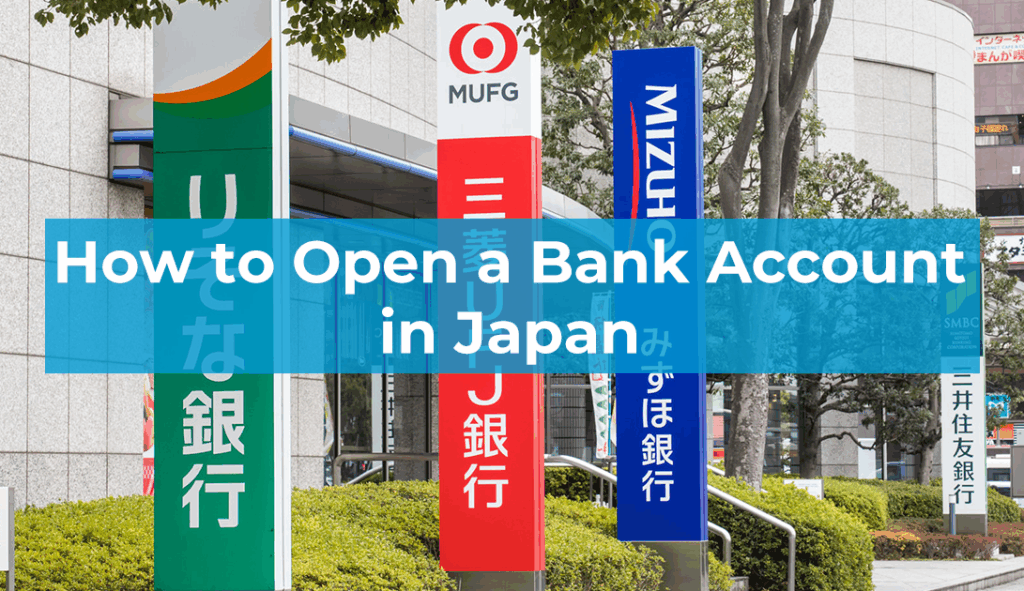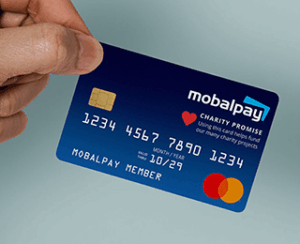Opening a bank account is one of the most important steps for anyone planning to live in Japan. But many new residents struggle with the process due to language barriers and unclear requirements.
This guide will explain who can open a bank account, what documents are needed, which banks are foreigner-friendly, and what to do if you’re not eligible yet.
- Who Can Open a Bank Account in Japan?
- Documents You Need
- How to Open a Bank Account: Step-by-Step
- Best Banks for Foreign Residents (Comparison)
- Why Foreigners Sometimes Get Rejected for a Bank Account
- What to Do If You’re Not Eligible Yet
- How Japanese Banks Work
- Frequently Asked Questions
- Final Thoughts
1. Who Can Open a Bank Account in Japan?
To open a bank account in Japan, you typically need to:
- Be a resident of Japan (not just on a tourist visa)
- Have a valid address in Japan
- Have stayed or plan to stay in Japan for more than 6 months (for most major banks)
2. Documents You Need
Here are the common documents required:
- Residence Card (在留カード / Zairyu Card)
- Proof of address in Japan – shown on your Residence Card or utility bill
- Phone number in Japan
- My Number Card – Some banks request this, especially online
- Personal seal (inkan / hanko) – Not always required
- Passport – some banks ask for it
- Proof of Employment (e.g. business card, employment certificate) – may be required by some banks, especially if you’ve been in Japan for less than 6 months
MobalPay User Experience: Opening a Japan Post Bank Account
One MobalPay user shared their experience opening a Japan Post Bank account just two weeks after arriving in Japan in October 2022:
“I moved into my apartment two weeks after arriving in Japan, and two days later I opened a Japan Post Bank account. I had considered going to a large post office, but someone told me it’s better to go to the nearest branch, so I visited my local post office instead. Two staff members helped me, possibly because they weren’t very familiar with opening accounts for foreigners.
I was asked to present my Residence Card and passport. The application was handwritten on paper – the staff filled in my address, and I wrote my name in katakana, which was a bit difficult to fit neatly in the box. A personal seal wasn’t required.
While I applied in person, I’ve heard of other foreigners who went to the post office intending to open an account at the counter, but were instead told to apply through the Japan Post Bank app. That app is available in English, but only if your device’s app store region is set to Japan. Most other Japan Post banking apps are Japanese-only.
I deposited some cash during the application, and received my passbook within about an hour. My cash card arrived by mail about two weeks later. I also applied for a debit card using the form that came with the card, but it was declined.
Since I wasn’t able to get either a debit or credit card in Japan, I now use MobalPay as my main way to pay.”
3. How to Open a Bank Account: Step by Step
1. Choose Your Bank
Decide based on language support, fees, ATM access, and whether you want online banking.
2. Visit a Branch or Apply Online
For in-person: Bring your documents and go during business hours. Some branches have English-speaking staff.
For online banks: You’ll upload documents and may need to receive your cash card by mail.
3. Fill in the Application Form
Most banks have forms in Japanese only. Some allow Romaji (alphabet letters), but others require Katakana.
4. Wait for Approval
In some cases, your account will be opened immediately. In others, it may take a few days to verify your information.
5. Receive Your Cash Card
Your ATM card will arrive by mail or be given on the spot. You can then deposit money and start using your account.
4. Best Banks for Foreign Residents (Comparison)
| Bank Name | <6 Months OK? | Foreigner-Friendly? | Notes |
|---|---|---|---|
| Japan Post Bank | ✅ Yes | ✅ Yes | Accepts new residents. Nationwide branch network. |
| Shinsei Bank | ❌ No | ✅ Yes | Full English online banking and support; popular with foreigners. |
| SMBC Trust Bank (PRESTIA) | ❌ No | ✅ Yes | Comprehensive English support, multi-currency GLOBAL PASS, 24/365 online. |
| Rakuten Bank | ❌ No | ⚠️ Partial | English application available; daily use in Japanese. Online-only bank. |
| MUFG / SMBC / Mizuho | ❌ No | ❌ No | Traditional banks with strict rules. Nationwide presence. |
5. Why Foreigners Sometimes Get Rejected for a Bank Account
If you’re wondering why your bank account application in Japan was rejected, here are the most common reasons:
Short Stay Duration
Most banks require you to have lived in Japan for over 6 months or be employed. If your stay is too short, they may see you as high-risk.
Incomplete or Incorrect Documents
- Missing
- Expired
- Have inconsistent information (e.g. different addresses)
Financial or Background Concerns
While Japan doesn’t use credit scores like some countries, banks still do background checks. Prior financial issues or criminal records may cause rejection.
6. What to Do If You’re Not Eligible Yet
If you’ve just arrived in Japan and haven’t reached 6 months of residency – or don’t have a job yet – you likely can’t open a traditional bank account. But you still have options:
MobalPay – Prepaid Mastercard for Foreign Residents
With MobalPay, you can:
- Apply using just your Residence Card
- Use it online or in stores like a debit card
- Recharge with cash at convenience stores
- No Japanese bank account or credit history required
It’s perfect for newcomers who need a simple and reliable way to pay while waiting to become eligible for a full bank account.
7. How Japanese Banks Work
Japanese banks function similarly to those in other countries but with some local differences that can surprise newcomers. Here’s a basic overview of how they operate.
Bank Hours
Bank branches are typically open Monday to Friday, from 9:00 a.m. to 3:00 p.m. They are closed on weekends and national holidays. Some banking services, especially those involving cash or in-person identity verification, must be done during these hours.
ATM Availability
ATMs are widely available and often operate longer hours than bank branches. Many are open until late or even 24 hours, especially those in convenience stores. However, ATM usage may involve extra fees depending on the time, day, or whether you’re using a different bank’s machine.
Fees
Bank fees vary by institution. Common fees include:
- Monthly maintenance (rare)
- ATM withdrawal fees
- Same-bank ATM (weekday, daytime): Usually free
- Same-bank ATM (evening or weekend): Around ¥110-¥220
- Other-bank ATM: Typically ¥220-¥330
- International card at convenience store ATM: ¥110-¥220 per transaction
- Domestic transfer fees (usually ¥100-¥500)
- International transfer fees (often over ¥2,000)

Some banks offer a limited number of free ATM withdrawals and domestic bank transfers each month, depending on your account type or monthly balance. For example, customers with a “preferred” or “premium” account may get 3–5 free ATM withdrawals – even at other-bank ATMs – as well as several free domestic transfers. After using up the free quota, standard fees apply.
To avoid extra costs, it’s a good idea to check your bank’s policy on free withdrawals and transfers and try to use services during no-fee periods.
8. Frequently Asked Questions
Can tourists open a Japanese bank account?
No. You must have a valid visa and Residence Card, and either be employed or have lived in Japan for over 6 months.
Is Japanese language required?
Not always. Some banks (like Shinsei and Japan Post) offer English support.
Do I need a hanko (seal)?
Some banks require it, others allow a handwritten signature.
Can I send money abroad from a Japanese bank?
Yes, but international transfers may require extra documentation and carry high fees. Not all banks offer this service.
9. Final Thoughts
Opening a bank account in Japan takes planning – but it’s achievable with the right documents and timing. For newcomers, Japan Post Bank is the most flexible, and Shinsei Bank offers the best English experience after your first 6 months.
If you’re still settling in, MobalPay provides an easy way to start making purchases.
Want both a phone number and card? Try the SIM + Prepaid Card Set – designed for life in Japan, from day one.

